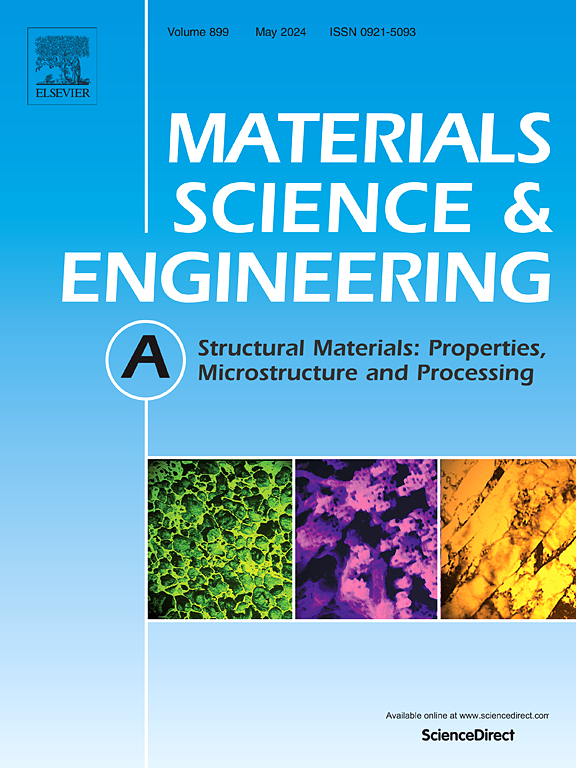Significant improvement in creep resistance of Cu-Cr-Zr alloys induced by trace Si
IF 6.1
2区 材料科学
Q1 MATERIALS SCIENCE, MULTIDISCIPLINARY
引用次数: 0
Abstract
To adapt to harsher fusion circumstance, it is of great importance to develop a new generation of Cu-Cr-Zr-X alloy with good creep resistance for divertor in DEMO or CFETR. In this paper, the effects of Si addition on microstructural evolution and creep behavior of Cu-Cr-Zr alloy was investigated under varying applied stresses (50–150 MPa) at 450 °C and 550 °C. The present results reveal that the steady-state creep rate of Cu-Cr-Zr alloys ranges from 10−10 to 10−9 s−1 at 450 °C and from 10−8 to 10−6 s−1 at 550 °C under varying stresses. In comparison, Si-containing alloys maintain a steady-state creep rate of 10−10 s−1 at 450 °C and span only two orders of magnitude, ranging from 10−9 to 10−8 s−1 at 550 °C. In addition, the creep life of alloys containing Si is significantly higher than that of alloys without Si under identical conditions. This suggests that the creep resistance of Cu-Cr-Zr alloy can be enhanced by adding Si, primarily due to the synergistic effect of nano-sized Cr precipitates, which exhibit limited growth and stable Cr3Si intermetallic phase. These features help pin dislocation and grain boundaries, thereby obstructing their motion. This work provides theoretical guidance for the development of new creep-resistant alloys for use in the fusion field.
微量Si对Cu-Cr-Zr合金的抗蠕变性能有显著改善
为了适应更恶劣的熔合环境,开发新一代具有良好抗蠕变性能的Cu-Cr-Zr-X合金用于DEMO或CFETR的分流剂具有重要意义。在450℃和550℃条件下,研究了Si添加量对Cu-Cr-Zr合金组织演变和蠕变行为的影响。结果表明,Cu-Cr-Zr合金在450℃时的稳态蠕变速率为10−10 ~ 10−9 s−1,550℃时的稳态蠕变速率为10−8 ~ 10−6 s−1。相比之下,含硅合金在450°C时保持10−10 s−1的稳态蠕变速率,而在550°C时仅跨越两个数量级,范围从10−9到10−8 s−1。在相同条件下,含Si合金的蠕变寿命明显高于不含Si合金。这表明,添加Si可以增强Cu-Cr-Zr合金的抗蠕变性能,这主要是由于纳米Cr析出相的协同作用,纳米Cr析出相具有有限的生长和稳定的Cr3Si金属间相。这些特征有助于固定位错和晶界,从而阻碍它们的运动。该工作为新型抗蠕变合金的研制提供了理论指导。
本文章由计算机程序翻译,如有差异,请以英文原文为准。
求助全文
约1分钟内获得全文
求助全文
来源期刊

Materials Science and Engineering: A
工程技术-材料科学:综合
CiteScore
11.50
自引率
15.60%
发文量
1811
审稿时长
31 days
期刊介绍:
Materials Science and Engineering A provides an international medium for the publication of theoretical and experimental studies related to the load-bearing capacity of materials as influenced by their basic properties, processing history, microstructure and operating environment. Appropriate submissions to Materials Science and Engineering A should include scientific and/or engineering factors which affect the microstructure - strength relationships of materials and report the changes to mechanical behavior.
 求助内容:
求助内容: 应助结果提醒方式:
应助结果提醒方式:


